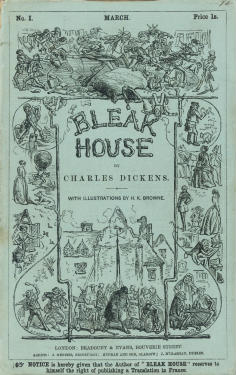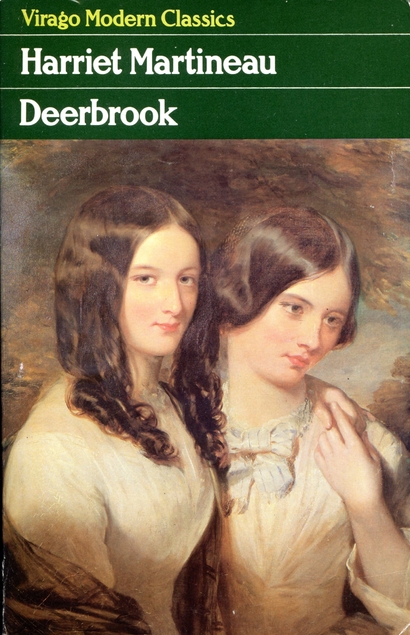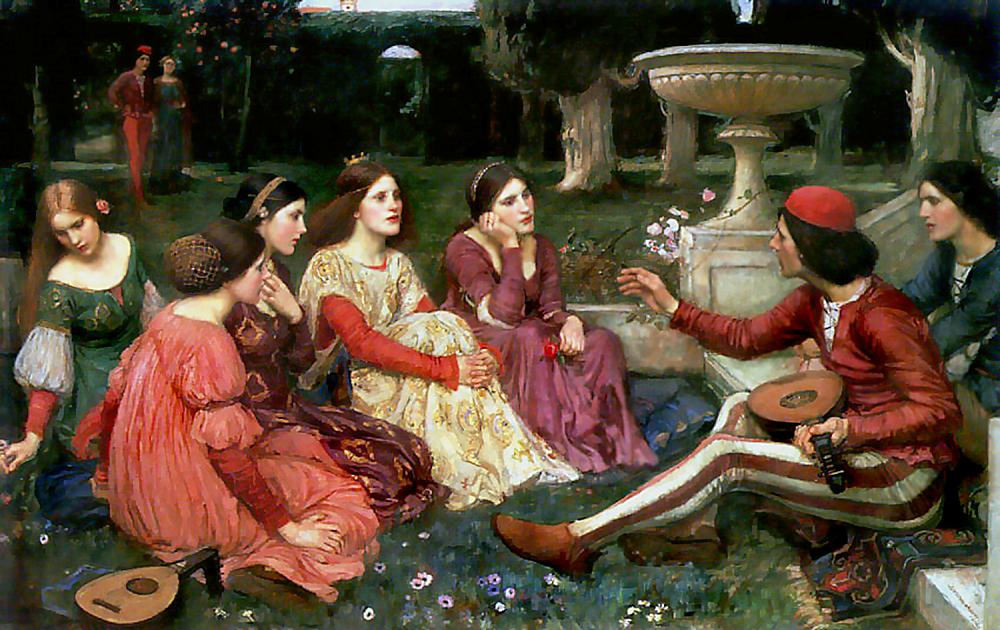Today I want to talk about stories that don't have happy endings. Movies, specifically. There are of course many of those, and some have endings that aren't just sad, they're downright depressing. Yes, I know, that might not be a good topic to focus on right now, during these uncertain times, but hey, I needed something to post today. Velma, our secretary and first-sergeant here at SleuthSayers, gets grumpy if I don't turn in my column.
For the record, I've always felt that the end of a story doesn't have to be either happy or sad (or even totally believable--look at The Black Stallion, or The African Queen)--but it does have to be satisfying. Every good story needs a problem for the hero/heroine to solve, and if by the end of the tale he doesn't get what he's been seeking, whether it's love or treasure or freedom or redemption or the world championship or whatever, the audience needs to understand why. Some of my favorite movies have clear, positive, cowboy-in-the-white-hat-wins endings. Everybody likes those. Other favorites of mine--Witness, Casablanca, Rocky, Vertigo, Hombre, Chinatown, Rain Man, and many others--end with the hero not getting what he wanted, or what he thought he wanted. But with those stories there was always a reason for that failure, and usually the outcome was for the greater good, or to teach him (and/or the audience) a life lesson. In Dead Poets Society, to mention just one example, the hero is fired from his job, but because of the way it was done the viewer leaves the theater feeling uplifted.
I once heard there are two words that come to mind when the subject is depressing endings: foreign films. That of course isn't always true, but I had to throw it in.
With regard to downer endings in general, I think they come in several flavors:
1. The death of the hero
 Cool Hand Luke
Cool Hand LukeThelma and Louise
Braveheart
Saving Private Ryan
Butch Cassidy and the Sundance Kid
Love Story
Bonnie and Clyde
Shane
Easy Rider
The Room
The Wild Bunch
Gran Torino
2. A continuation of the disaster/crisis
On the Beach
Night of the Living Dead
Invasion of the Body Snatchers
Melancholia
Cloverfield
 Fail-Safe
Fail-SafeI Am Legend
The Happening
The Birds
Miracle Mile
The Road
3. An unresolved ending
No Country for Old Men
The French Connection
Blade Runner
2001: A Space Odyssey
Inception
The Blair Witch Project
The Wrestler
Doubt
Taxi Driver
The Florida Project
Barton Fink
4. A surprise ending
Shutter Island
The Mist
Planet of the Apes
Primal Fear
Fight Club
10 Cloverfield Lane
The Departed
Atonement
Seven
Soylent Green
NOTE: In my opinion, some of the above (Shane, No Country for Old Men, Seven, The Wild Bunch, Fail-Safe, etc.) were extremely good movies and some (The Happening, The Room, Love Story) were not. This isn't about good or bad or my idea of good or bad; we're just talking about endings.
Not that it matters, but I think the movie that had the most depressing ending ever was The Mist--probably because it was both tragic and needless. I enjoyed the story, but boy that ending was a punch in the gut. If you've seen it, you know what I mean. The odd thing is, the Stephen King novella from which it was adapted wasn't as bleak at the end. (On the flip side, the movie Cujo ended happy and King's novel Cujo ended sad.) The second most depressing ending I can remember was to one of the most depressing movies I've ever seen: They Shoot Horses, Don't They? But it was also satisfying in that it explained with crystal clarity, in its final thirty seconds, its mysterious title.
One more observation: Some movies with depressing subjects have upbeat endings (The Shawshank Redemption, Deep Impact, Ghost, Oklahoma Crude, Stand By Me); some fairly upbeat movies have depressing endings (Somewhere in Time, Titanic, King Kong, Million Dollar Baby); and let's face it, some depressing movies have depressing endings (Leaving Las Vegas, The Road, They Shoot Horses, The Elephant Man, The Wrestler, Requiem for a Dream). Something for all tastes.
How do you feel about all this? What are some of your favorite downer endings? Which are the worst? Have you ever seen an otherwise good movie whose ending ruined it? Ever seen an otherwise bad movie whose ending saved it? How about those that started bad and went steadily downhill? Have any of your own stories and novels ended with a letdown?
I suppose, since I have nothing positive to add, that's the way I'm ending this column.
Stay safe!

























![The Emotion Thesaurus: A Writer's Guide to Character Expression (Second Edition) (Writers Helping Writers Series Book 1) by [Becca Puglisi, Angela Ackerman]](https://m.media-amazon.com/images/I/519f4OKUv7L.jpg)










